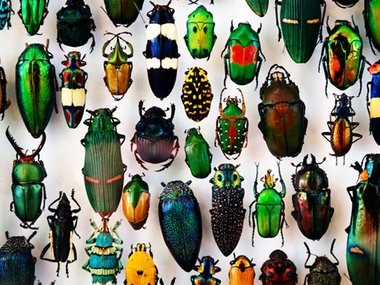Question Your World: Is Humanity Using Too Much Light?
Earth from space is a beautiful sight. We can not only see pretty patterns created by our lights on the dark side of the planet, but over time we've also seen the amount of these lights on Earth grow. Our population is growing and artificial light is certainly a fundamental part of any developed area at this point. As of now, more people means more lights. A great opportunity to dig into today's big question: Is humanity using too much light?
As winter days bring shorter daytime hours, we rely more and more on artificial lights. However, like many other things, sometimes we overdo it. Once again, is humanity using too much light?
The real issue is not if we’re using it or not, but more, how all this nonstop lighting impacts the world around us. Light pollution has some very serious impacts on various environments around the world.
Animals like sea turtles and certain beetles rely on the soft faint glow of the moon and stars to help guide their travels, but as more urban lighting is installed, some of these animals move towards the city and away from their natural habitats, often putting them in harm’s way.
Blackbirds and mice have also been studied for light pollution’s impacts on their sleep schedules, reproduction, and migration routes, to name a few.
Earlier this year in Europe, scientists announced a nearly 70% drop in winged biomass largely due to light pollution factors.
We humans are no different.
Our glial cells, behind our eyes, trigger our circadian cycle, the day/night schedule that has evolved in us over millions of years. Tablets and late night TV, in addition to the seemingly inescapable presence of urban lighting, have been known to impact humans’ appetite, sleep patterns, behavior, and beyond.
So, what can we do about all this light?
There are simple ideas like turning off outdoor lights when they’re not needed and installing downward facing lights that don’t flood the surrounding areas. There are some light pollution conscious companies addressing big urban lighting concerns by working on smart city-wide lighting networks that use low energy LEDs with sensors to dim or turn off when no one in under them.
Scientists hope that as awareness spreads, more people will better understand the impacts and finally see the light … and then hopefully turn it off!


